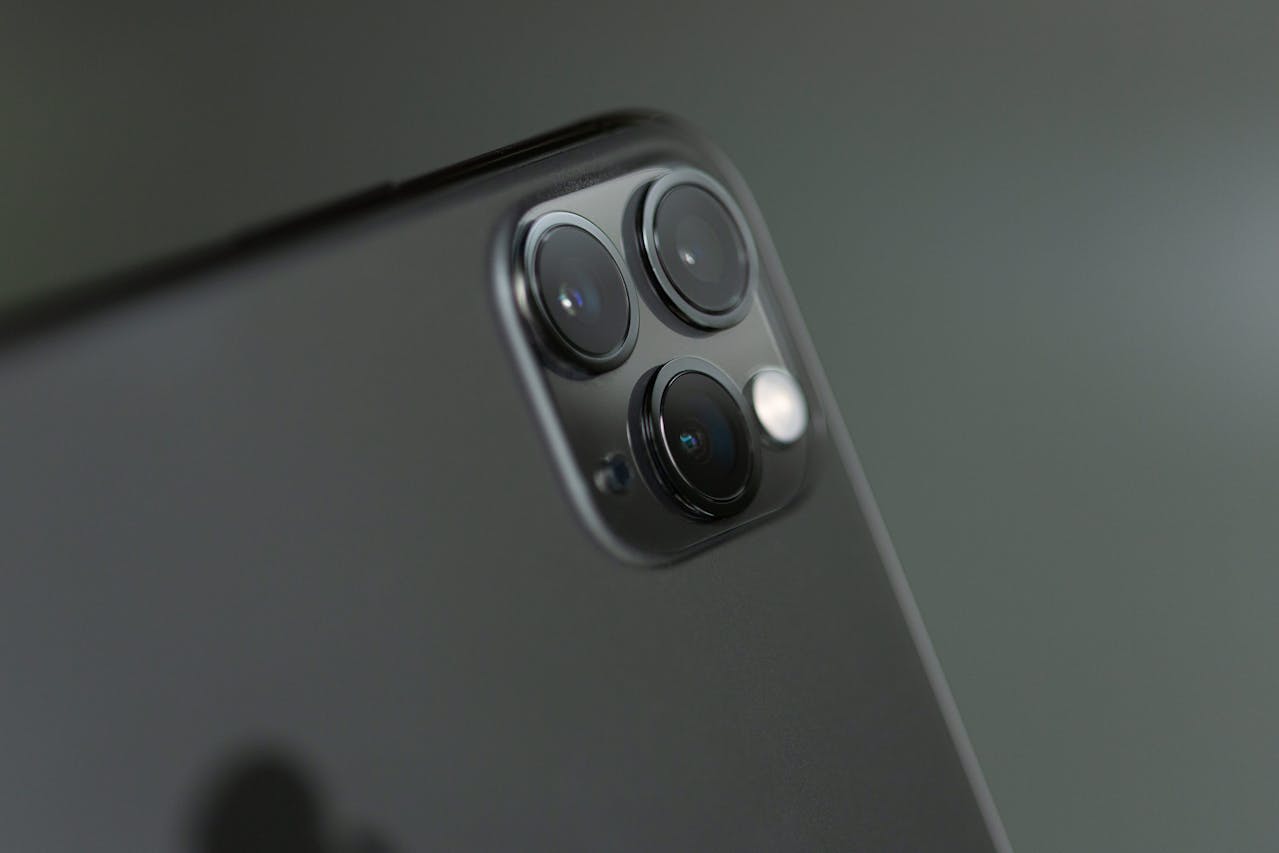Understanding the Impact of Blue Light on Our Health
We live in a world saturated with technology. Computers, smartphones, and tablets have become integral parts of our daily lives. Along with the many conveniences they bring, these devices also emit a type of light known as blue light. While this phenomenon has been around for centuries, the advent of digital devices has brought it to the forefront of health discussions.

Blue light is a color in the visible light spectrum that can be seen by the human eye. It is a short-wavelength, high-energy light that is often associated with electronic devices and energy-efficient lighting. Historically, our primary source of blue light was the sun. However, the rapid increase in the use of digital devices has led to a significant increase in our exposure to blue light, particularly at close range.
Blue Light and Its Effects on Health
Recent years have seen a surge in research examining the effects of blue light exposure on health. One of the key findings is its impact on our circadian rhythms, our body’s internal clock that regulates sleep and wake cycles. Exposure to blue light, especially in the evening, can disrupt this cycle, leading to sleep disturbances and other health problems.
Moreover, studies have linked excessive blue light exposure to eye strain and discomfort, blurred vision, and dry eyes. There is also emerging evidence suggesting a potential link between chronic blue light exposure and more severe conditions, such as macular degeneration, a leading cause of vision loss in older adults.
However, it’s not all bad news. Blue light also has some benefits. It can boost alertness, help memory and cognitive function, and elevate mood. It is essential for regulating the sleep-wake cycle, reinforcing our body’s natural rhythm.
Mitigating the Impact of Blue Light
Given the pervasive presence of blue light in our lives, it’s crucial to find ways to mitigate its potential harmful effects without completely eliminating its benefits.
One strategy is to limit screen time, especially in the evening, to reduce exposure. Other measures include using blue light filtering glasses or screen protectors, adjusting the color temperature of digital screens, and taking regular breaks from screens to rest the eyes.
Furthermore, maintaining a healthy lifestyle, including a balanced diet, regular physical activity, and adequate sleep, can strengthen overall eye health and resilience to blue light exposure.
Practical Tips for Managing Blue Light Exposure
-
Use the 20-20-20 rule: For every 20 minutes spent looking at a screen, look at something 20 feet away for 20 seconds.
-
Adjust your screen brightness: Your screen should be as bright as the surrounding environment.
-
Maintain a comfortable viewing distance from your screen: The screen should be about an arm’s length away.
-
Use a blue light filter: Many digital devices have built-in blue light filters, or you can install one.
-
Get regular eye check-ups: Regular check-ups can help detect any potential issues early.
Conclusion
As we continue to rely heavily on digital devices, it’s essential to understand the potential impact of blue light on our health. While research is ongoing, it’s clear that excessive exposure can have negative effects, particularly on our sleep and eye health. By implementing practical strategies to manage blue light exposure, we can enjoy the benefits of technology without compromising our health.




